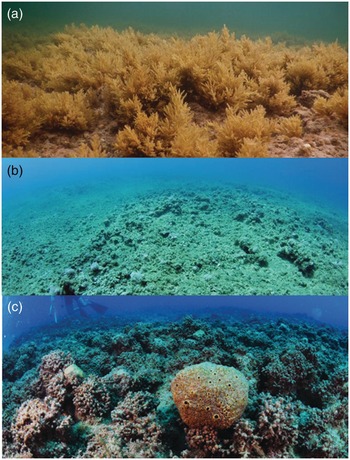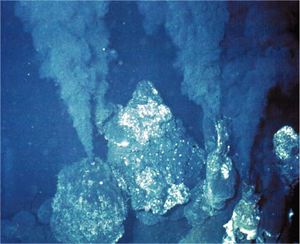The biological pump in its simplest form is the ocean s biologically driven sequestration of carbon from the atmosphere to the ocean interior and seafloor sediments.
Mollusks make up of biomass on ocean floor.
At depths deeper than 8 9 km 5 5 mi sea cucumbers comprise 90 of the total mass of the macrofauna.
It is the part of the oceanic carbon cycle responsible for the cycling of organic matter formed mainly by phytoplankton during photosynthesis soft tissue pump as well as the cycling of calcium carbonate caco 3 formed into.
The characteristics of the deep sea vary geographically for example the depths of thermoclines insolation and lysoclines depth of carbonate saturation vary latitudinally and between ocean basins rex et al.
The sea cucumber is a type of marine life form.
These mollusks have no heads and their bodies consist entirely of a wedge shaped foot gastropods are the most diverse family of mollusks including over 60 000 species of snails and slugs that live in marine freshwater and terrestrial habitats.
Some bivalves like the protobranchiates are even found in waters 9 000 m or 29 500 ft deep.
Mollusks inhabiting the ocean floor cover its.
Entire range from shallow coastal environments to the.
Mollusks can be found in all habitats of the ocean.
They are a type of echinoderm so they have an endoskeleton.
Inhabiting the ocean floor cover its entire range from shallow coastal environments to the deep sea.
Sea cucumber facts and information introduction to sea cucumber.
Ring in very high biomass comparable to the density of.
They also have various forms of connective tissues that comprise them.
Sea cucumbers can be found in great numbers on the deep seafloor where they often make up the majority of the animal biomass.










